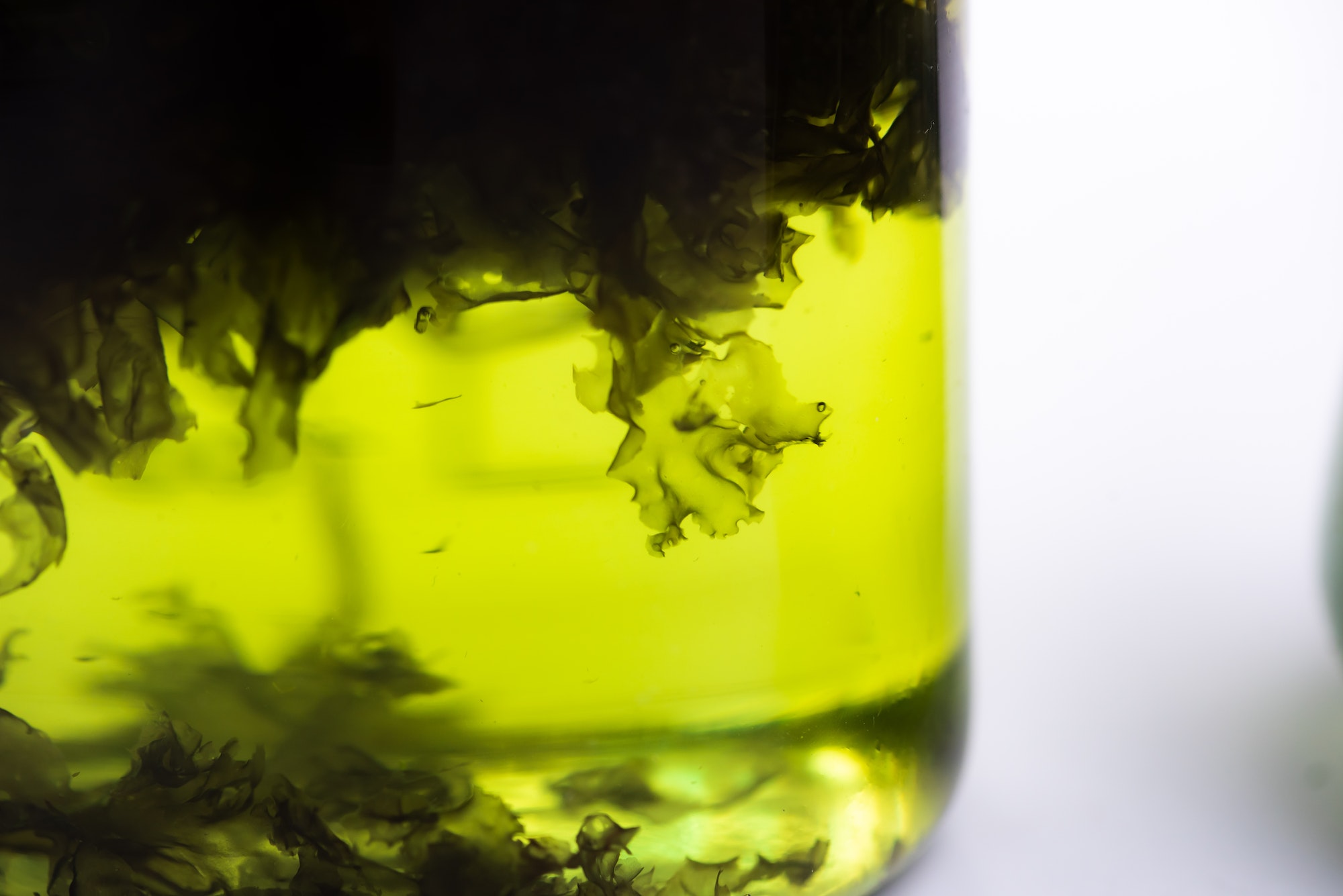In recent years, there has been a growing interest in finding sustainable and economically feasible methods to capture and store carbon dioxide (CO2) emissions. Traditional carbon sequestration methods, such as geological storage and ocean storage, have faced various challenges in terms of cost, efficiency, and environmental impact. As a result, researchers have been exploring alternative solutions, such as algae-based carbon sequestration.
Algae are photosynthetic organisms that can convert CO2 into biomass through the process of photosynthesis. They have a higher photosynthetic efficiency compared to terrestrial plants and can grow rapidly under optimal conditions. This makes algae an attractive option for capturing and storing CO2 emissions from industrial processes, power plants, and other sources.
Economic Feasibility
The economic feasibility of algae-based carbon sequestration depends on several factors, including the cost of algae cultivation, harvesting, and processing, as well as the potential revenue generated from selling the algal biomass or its byproducts.
Compared to traditional carbon sequestration methods, algae-based solutions may have lower capital costs. Geological storage typically requires drilling wells and injecting CO2 into deep underground reservoirs, while ocean storage involves transporting CO2 to the deep sea and injecting it into the water column. Both methods also entail significant monitoring and verification costs to ensure that the stored CO2 remains securely contained.
On the other hand, algae-based systems can be relatively simple and low-cost to set up. They can utilize open ponds or photobioreactors for cultivation, which are generally less expensive than infrastructure required for geological or ocean storage. Moreover, algae can be grown on non-arable land or using wastewater resources, reducing competition with agricultural land and freshwater resources.
One of the main challenges in making algae-based carbon sequestration economically viable is achieving high productivity and efficiency in converting CO2 into biomass. Factors such as light intensity, temperature, nutrient availability, and CO2 concentration can affect the growth rate and photosynthetic efficiency of algae. Researchers are working on optimizing these conditions and developing strains with enhanced CO2 fixation capabilities to improve the overall performance of algae-based systems.
Another critical aspect of the economic feasibility of algae-based carbon sequestration is the potential revenue generated from selling algal biomass or its byproducts. Algae can be processed into various valuable products, including biofuels, animal feed, fertilizers, and high-value chemicals. By creating a market for these products, the overall cost of carbon capture and storage can be significantly reduced.
Challenges and Future Prospects
Despite the potential advantages of algae-based carbon sequestration, there are still several challenges that need to be addressed before it can become a mainstream solution:
- Scaling up: While small-scale algae cultivation systems have been successfully demonstrated, scaling up to large-scale commercial operations remains a challenge. Issues such as maintaining consistent growth conditions, preventing contamination, and optimizing harvesting and processing techniques need to be resolved.
- Environmental impact: Although algae-based systems have lower land and water requirements than terrestrial plants, they can still have environmental impacts, such as eutrophication due to nutrient runoff or the release of greenhouse gases during biomass processing.
- Regulatory framework: The development and deployment of algae-based carbon sequestration technologies will require a supportive regulatory framework that recognizes their potential benefits and addresses any potential risks.
Despite these challenges, the future prospects for algae-based carbon sequestration remain promising. With ongoing research and development efforts aimed at improving the efficiency, scalability, and sustainability of these systems, algae could play a crucial role in mitigating climate change by capturing and storing CO2 emissions in an economically viable manner.


